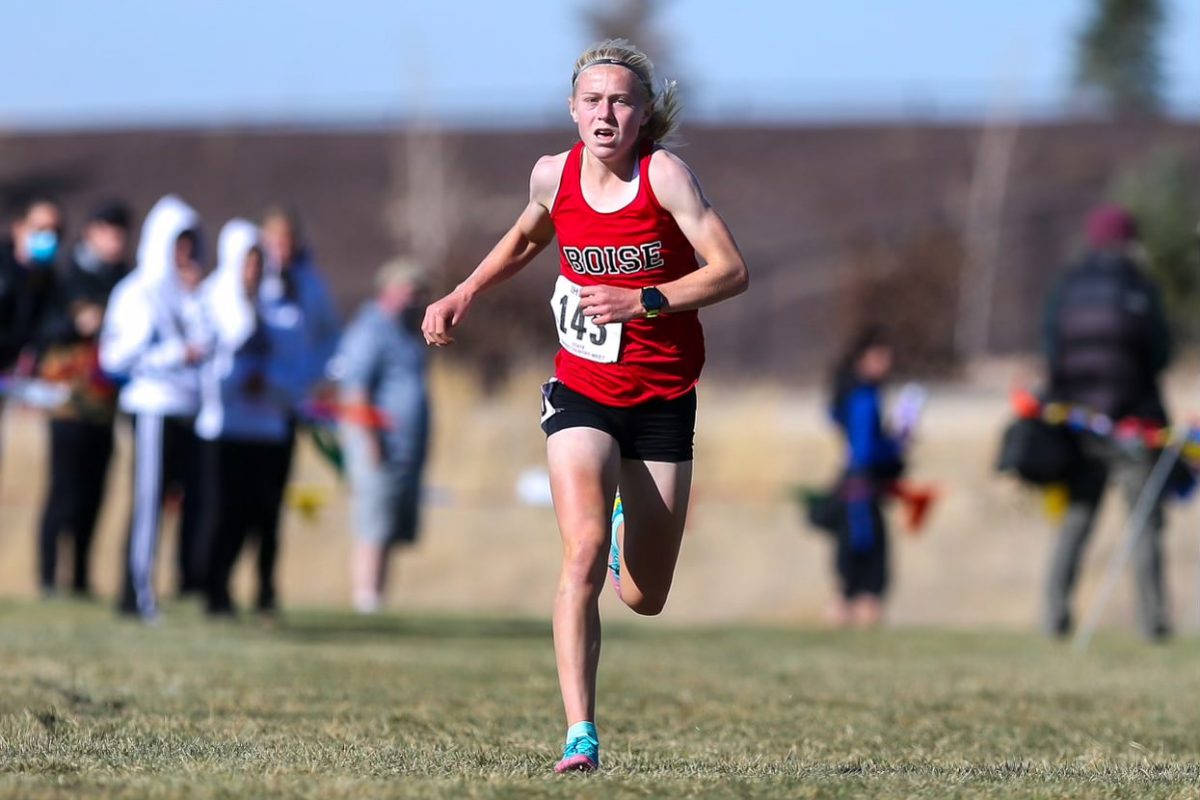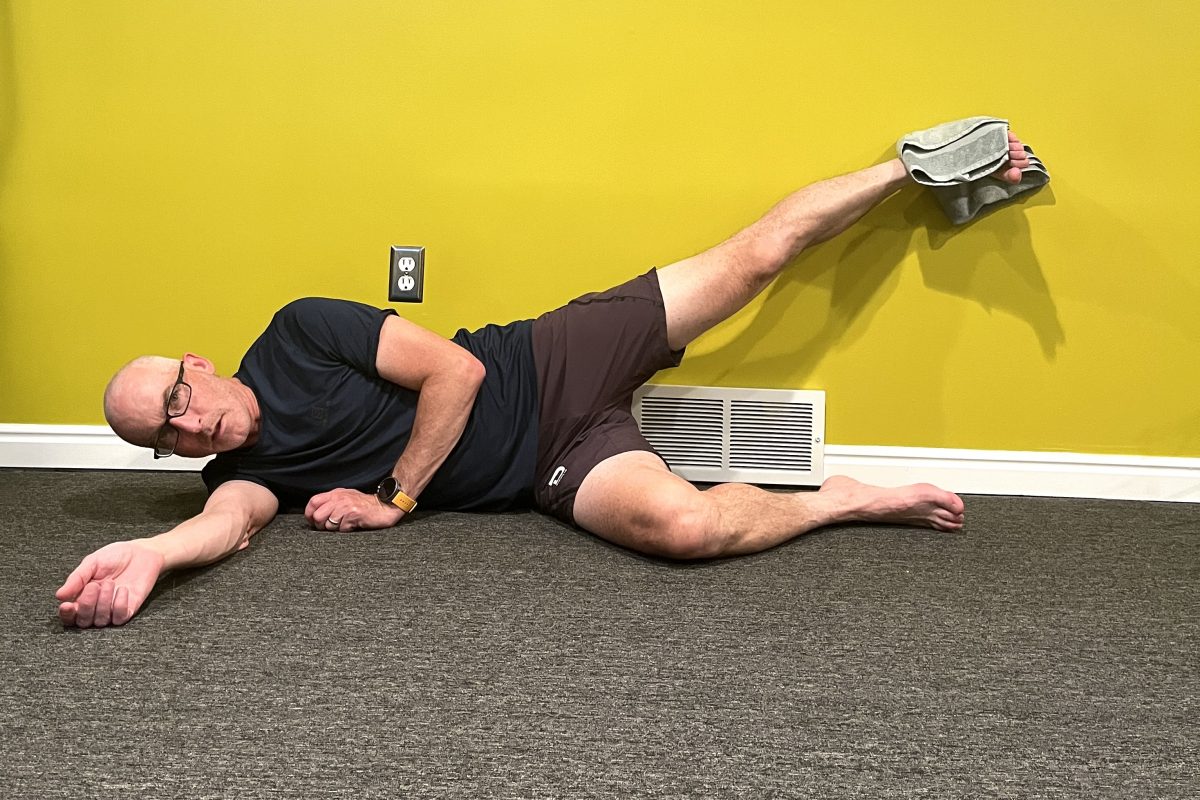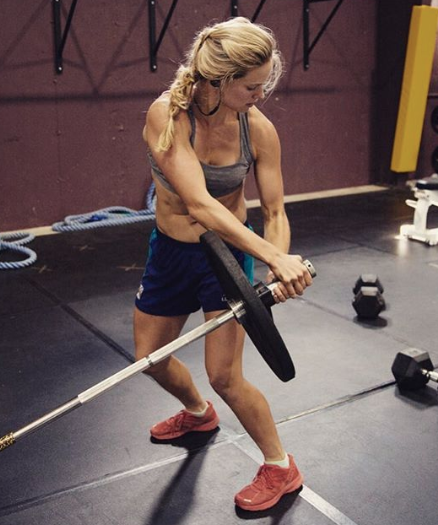Skiers go into the weight room to turn strength into power, and as the big races approach, to turn this into ski specific power. With the New Year here the racing season is very much underway for most skiers. For those with Olympic aspirations, many athletes are getting more ski specific with their strength and power building, both in the weight room, and on snow.





